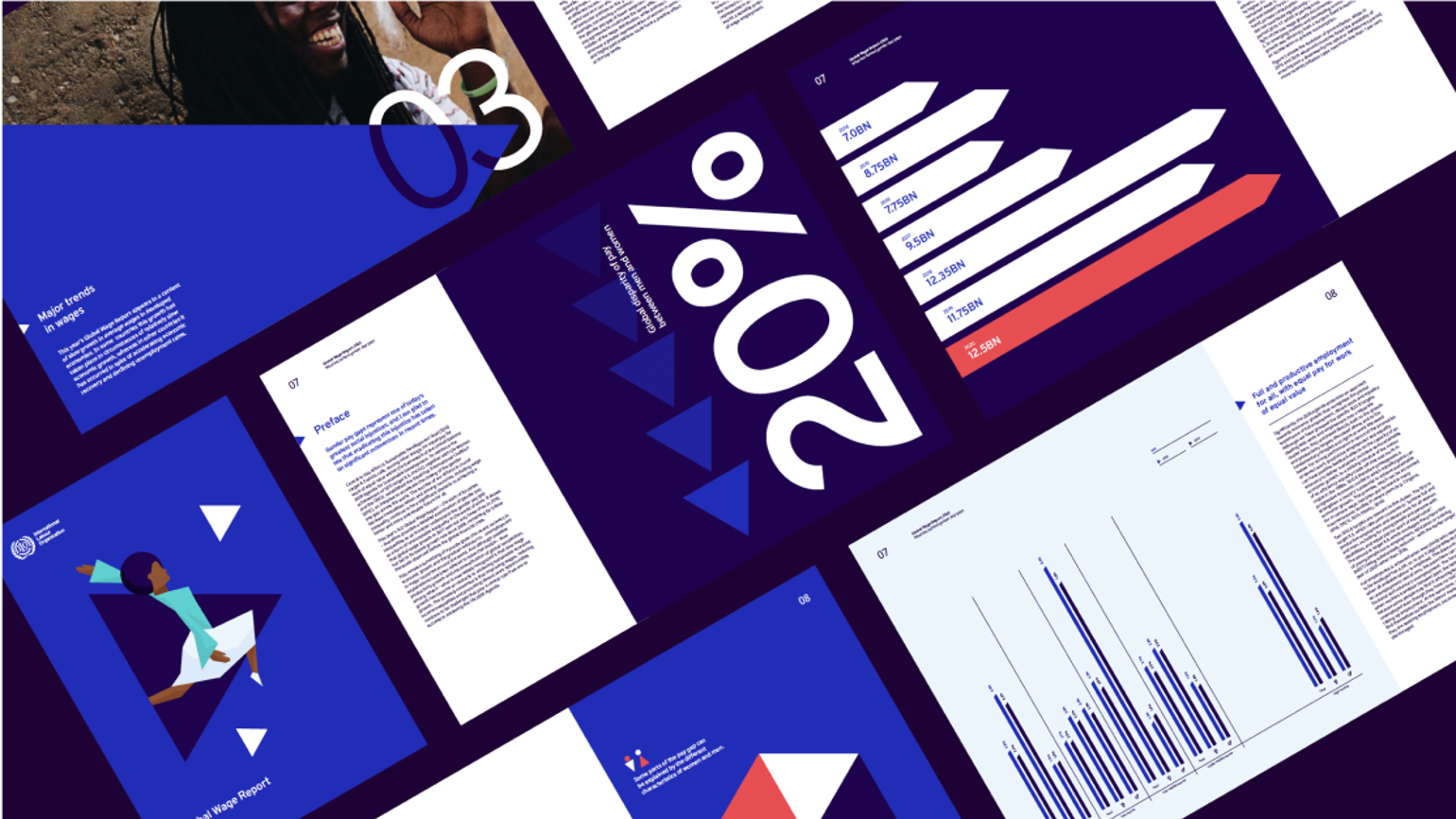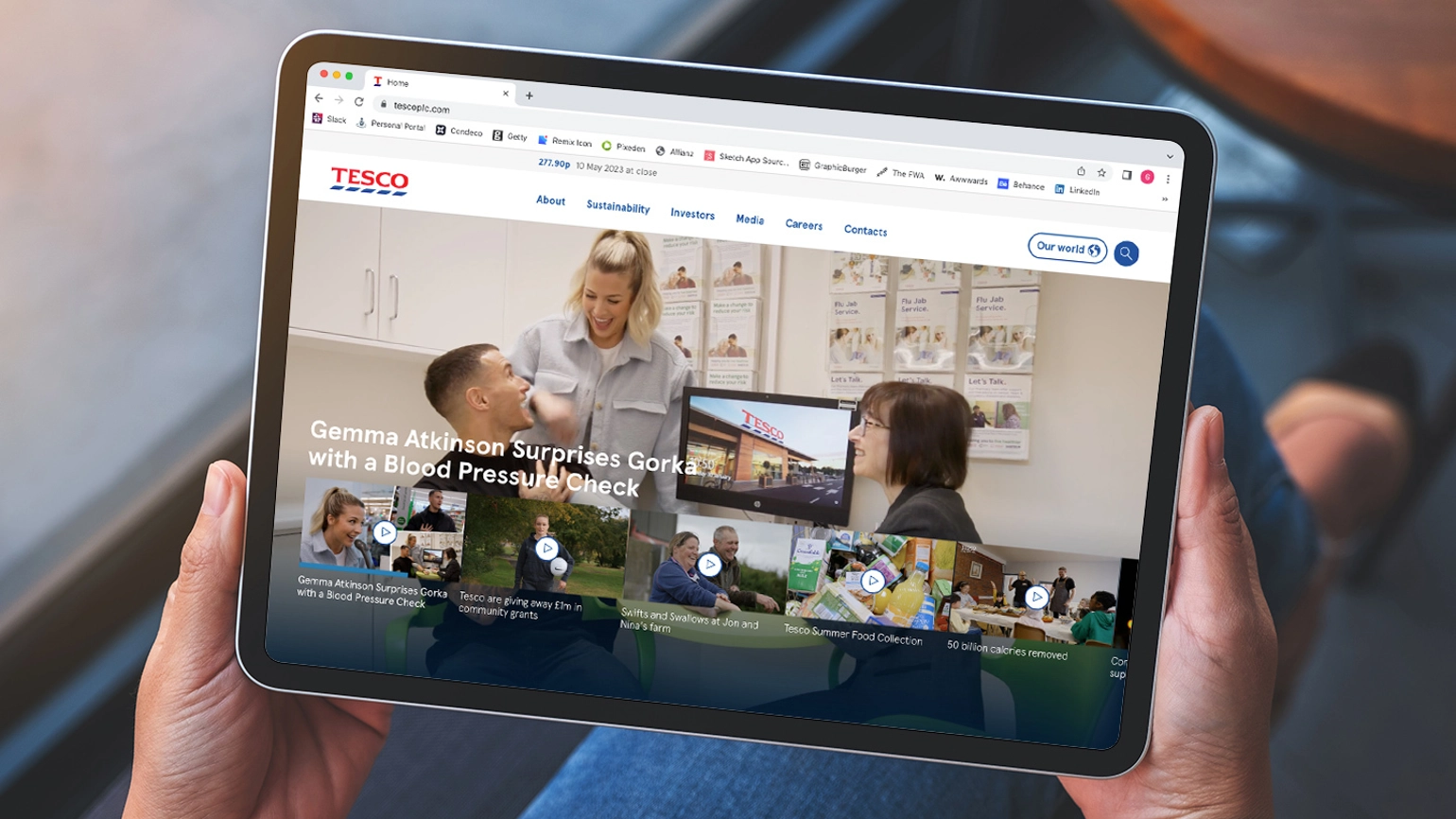74
nationalities
25
languages
40%
female
16%
ethnically diverse backgrounds

Test Heading

Test Heading

Reporting sits at the very centre.”
Consultant

Doing work that matters.
We work on the issues that matter most, creating content and experiences that engage and influence.
We drive better business and behaviours and help create a more sustainable, inclusive future.
Reporting sits at the very centre, using the past to set the scene for the future....”
Consultant

40
nationalities
25
languages
52%
female
16%
ethnically diverse backgrounds



Creating belief in business.
We all want the same things from any organisation: to be inspired by where it’s going and see evidence it can get there. This collision of inspiration and evidence creates a powerful dynamic that audiences lean into: belief.



More than an Umbraco upgrade...
We seized on an opportunity to reimagine Tesco’s corporate websites and deliver a secure and future-proof estate
Take a lookThe latest version of Umbraco’s CMS – Umbraco 11 – is more flexible, powerful, future-proof, and secure than previous versions.
But many users of Umbraco 7 and 8 may not be aware an upgrade deadline is looming. Come September, these users could find their platforms running on obsolete, unsupported tech that exposes them to security vulnerabilities and limits them to old-school digital experiences.
Upgrading isn’t a matter of flicking a switch, however. Because Umbraco 11’s underlying framework is fundamentally different to 8, there’s no simple upgrade path.
So why upgrade?
Umbraco 11 runs on the latest version of Microsoft .NET technology and C#, and allows a range of state-of-the-art performance, functionality and security improvements right out of the box. Here’s a rundown of just five of the key benefits.
Obsolete tech brings security risks
Umbraco 11 is inherently more secure than previous versions, but there’s a broader problem: Umbraco 7 and 8 were built on Microsoft technology that is now end-of -life. This means the end of Umbraco support from September 2023 (for Umbraco 7 users) and February 2025 (for Umbraco 8 users). If security flaws emerge in the underlying tech, hackers could exploit platforms built on these systems.
Rocket-fuelled performance
Umbraco 11 offers vast speed improvements on older versions. Your existing website will be less able to perform well during high-traffic periods, and less capable of delivering more demanding experiences. Google also ranks companies on how well their sites perform.
Breakthrough experiences
From exciting AI integrations and enhanced SEO capabilities, Umbraco 11 empowers brands to deliver much more rich, engaging and targeted content. Put simply: it allows progressive, best-in-class experiences way beyond the reach of previous versions.
Test. Improve. Repeat.
The latest CMS offers heads of digital, experience and marketing access to deeper and richer analytics that empower constant more efficient and effective optimisation. This is set to become mission-critical for users looking for easy access to joined-up analytics across platforms in one web estate.
Fit for the future
Upgrading not only opens-up today’s functionality, it opens up tomorrow’s too: users will have access to all emerging Umbraco features and security improvements as soon as they’re released.
How to do it?
Because there’s no simple upgrade path between Umbraco 8 and more recent versions, in reality the experience of upgrading actually looks and feels more like a rebuild. Attempting a ‘like for like’ migration presents other inefficiencies and costs, too.
While every organisation is different, we help businesses focus on looking beyond a narrow ‘upgrade’ and towards broader opportunities to deliver a platform that meets the emerging needs of their business both now and in future. Could the architecture be streamlined? Could the structure and site UX site evolve to meet changing audience needs? How can flexibility be baked into the build to empower a longer-term digital strategic roadmap? How can the principle of ongoing improvement be built in from the get-go?


